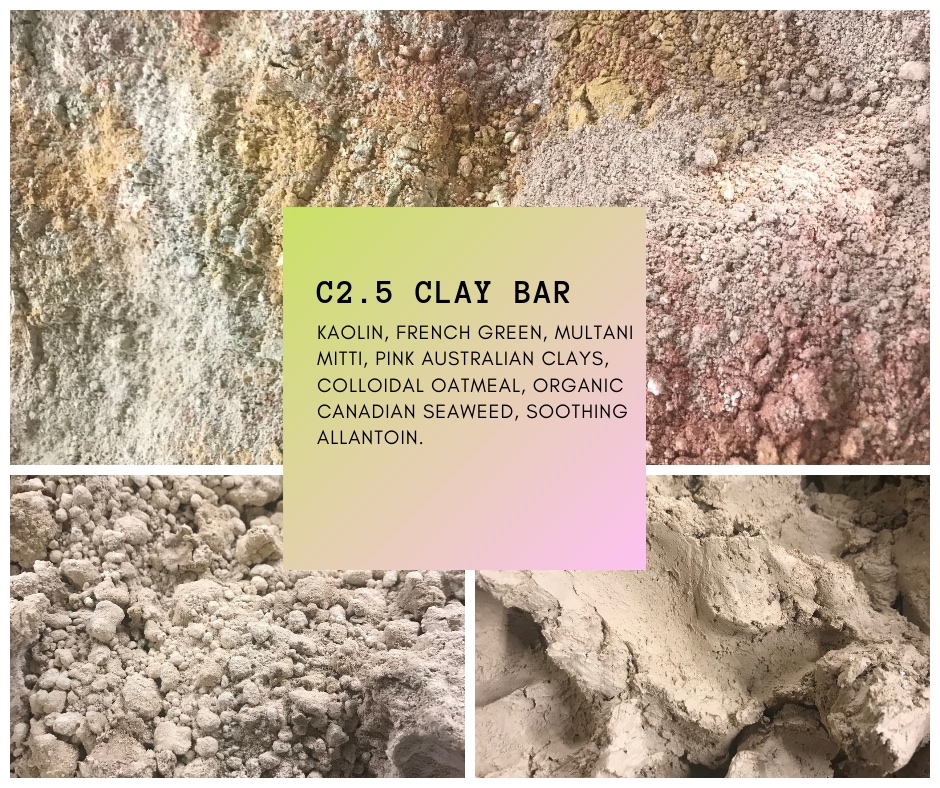In Canada, we starved for heat and sunshine for six months of the year, so during May to October, we do the opposite of hygge. The C2.5 clay bar is quick and easy to use during the warmers months when we try to squeeze as much into a day as possible, leaving us happy, albeit a little short on time at the end of the night. Producing the C2.5 clay bar is a like making maki rolls-it takes a heck of a lot of effort to make, but only takes seconds to consume. Would you like to see the progression of its creation?
When there is enough moisture to hold itself together, I weigh out 135g of wet material before forming them into balls and squishing (yes, that is the technical term I use in my lab lol!) them into disks. Dried, they weigh about 90g.
When it comes to preservation requirements, this is a special case product. Although it formulated with water, this bar will spend 20 hours in the oven (170F, convection roast). This puts the bar in in an environment that is hot enough to prevent microbial growth, thereby bypassing the requirement for chemical preservation. To preserve a product as dense as clay, we would need a lot of preservative by volume to adequately prevent microbial growth. It is important to remember as the end user, to keep your clay bar COMPLETELY DRY BETWEEN USES.
Be sure to dry out your clay bar between uses. A shallow dish or lid with edges works well. Here’s my three year old clay bar looking almost new! The flecks that you see are powdered rose petals. They were too scratchy so I removed them.


